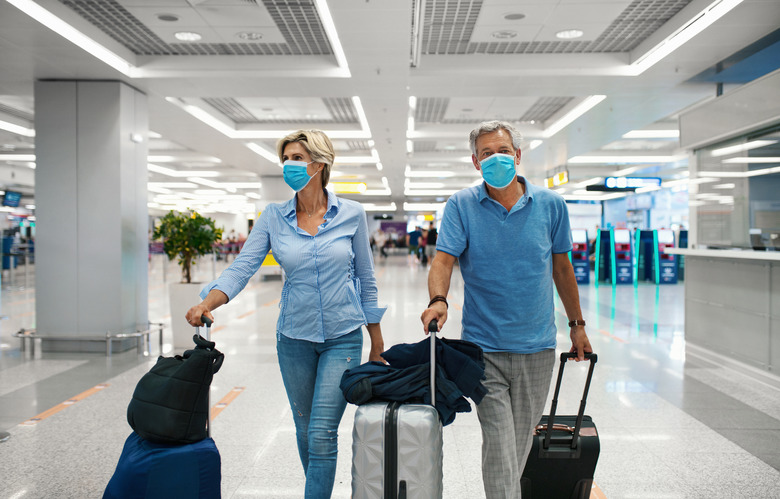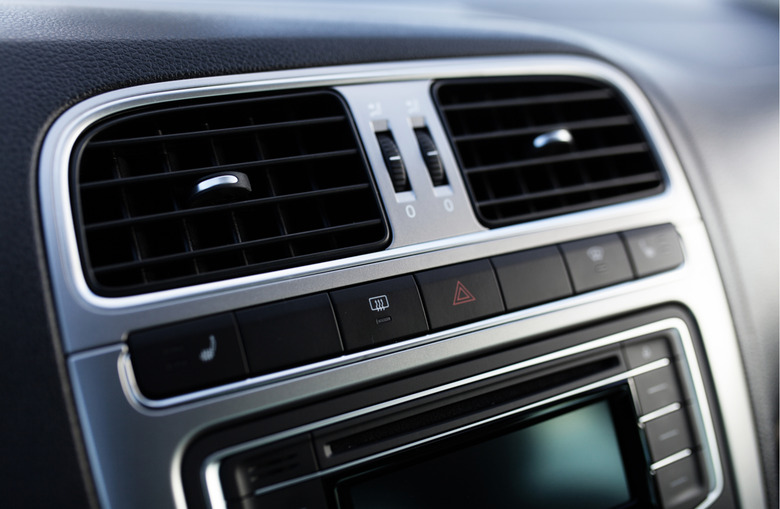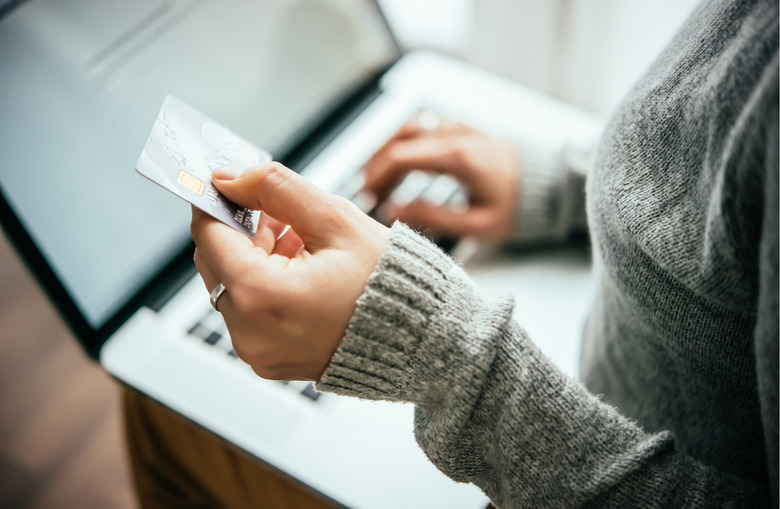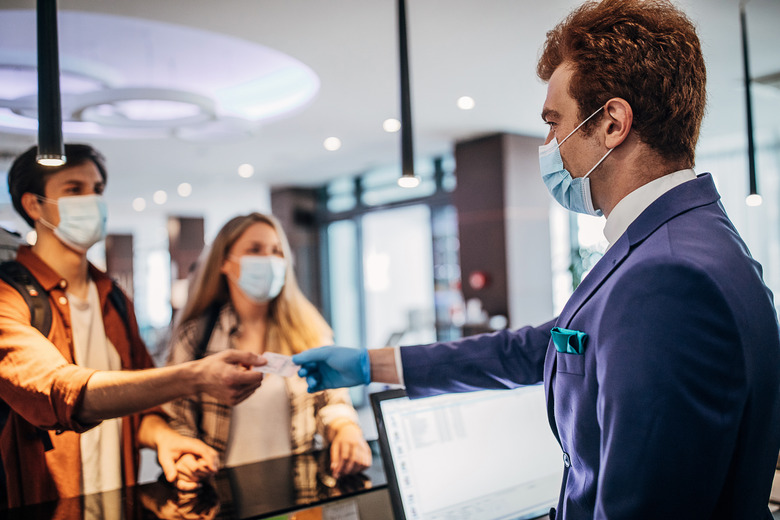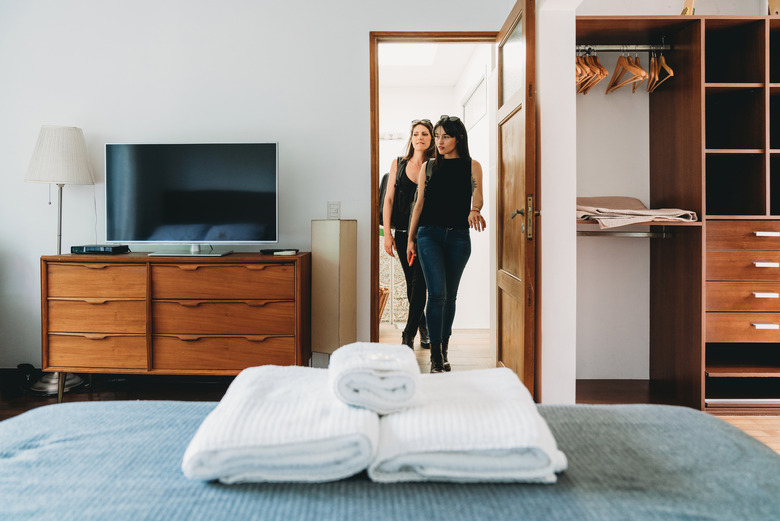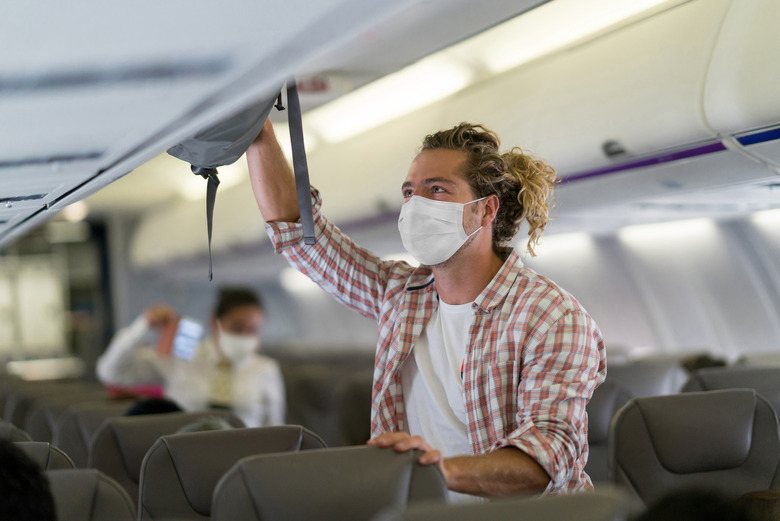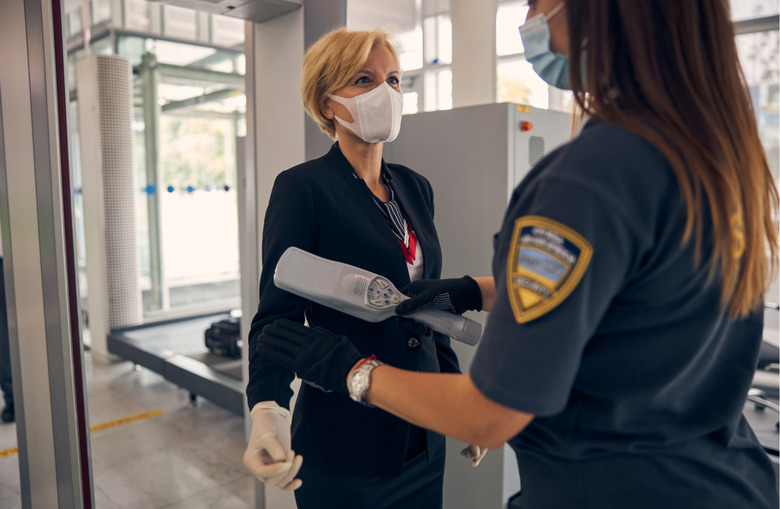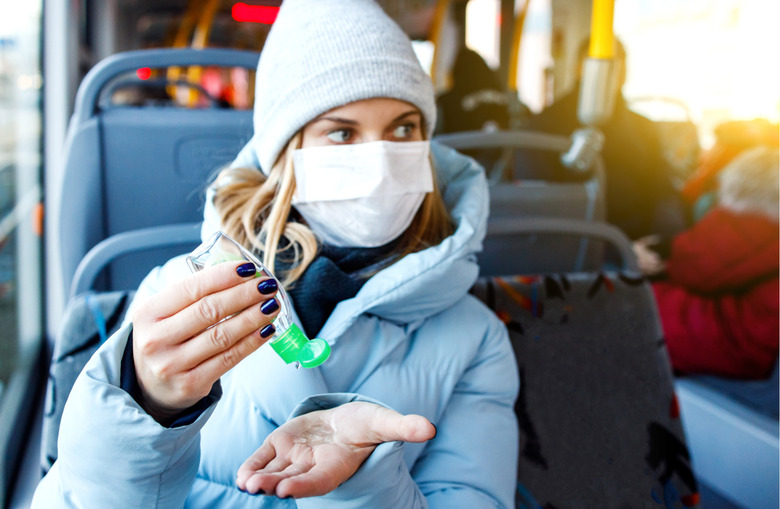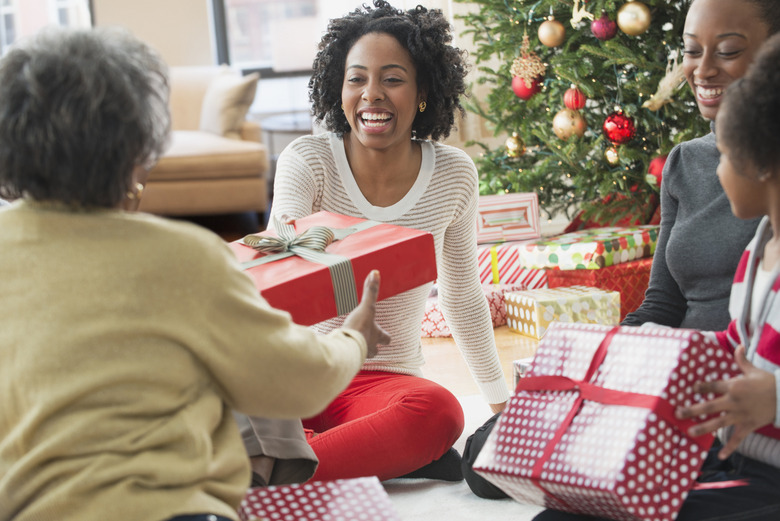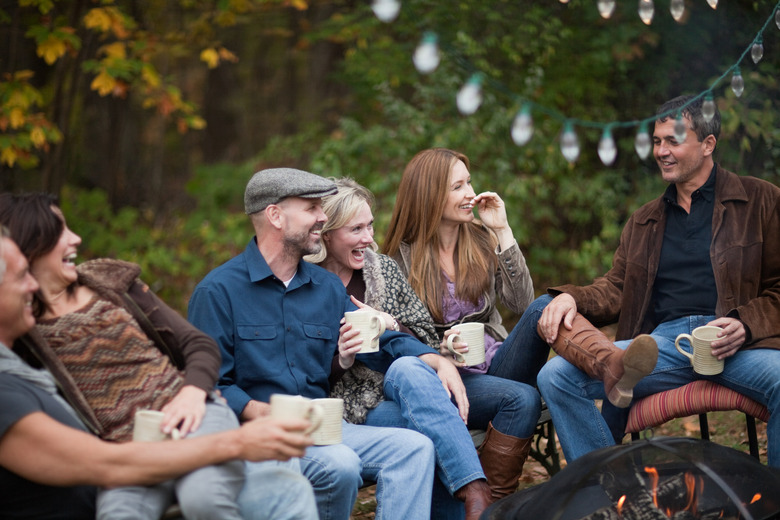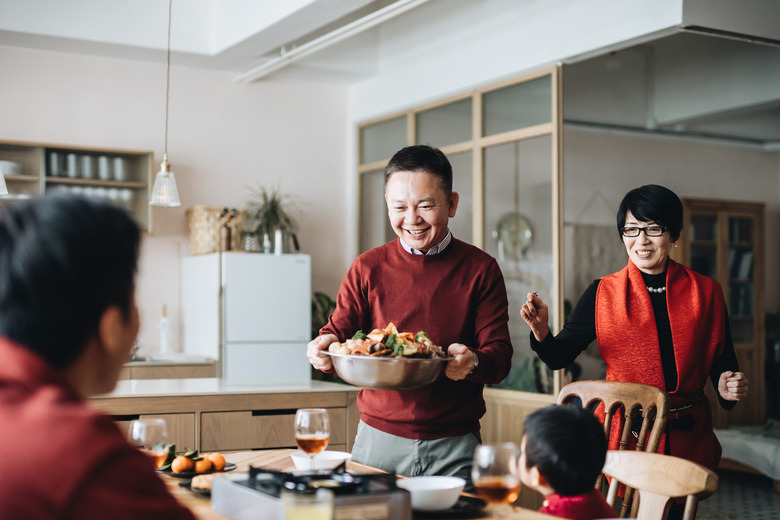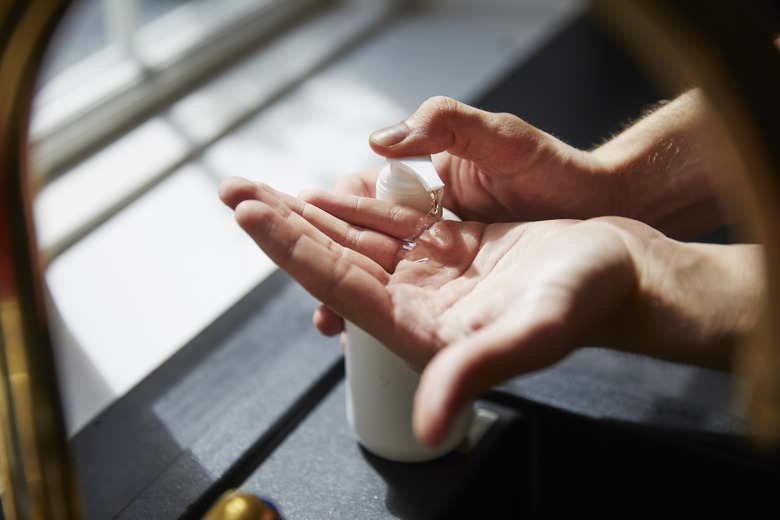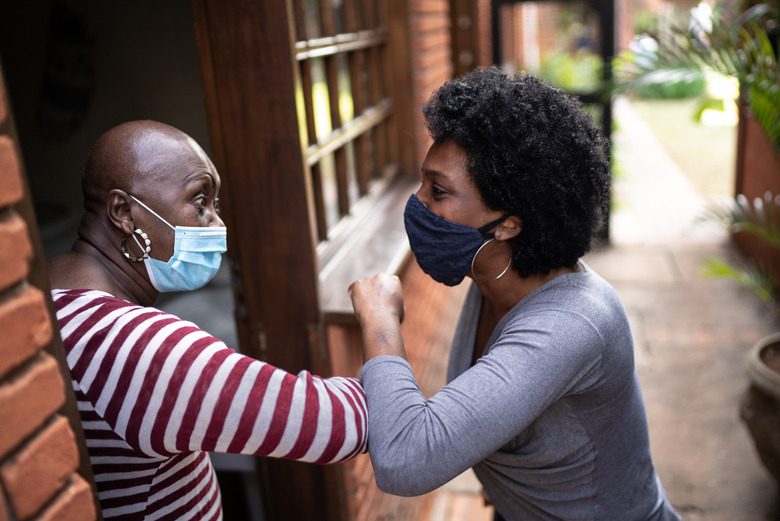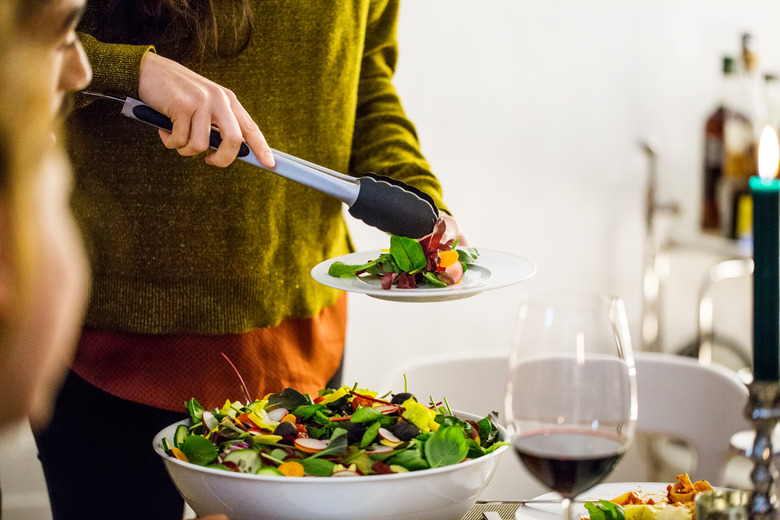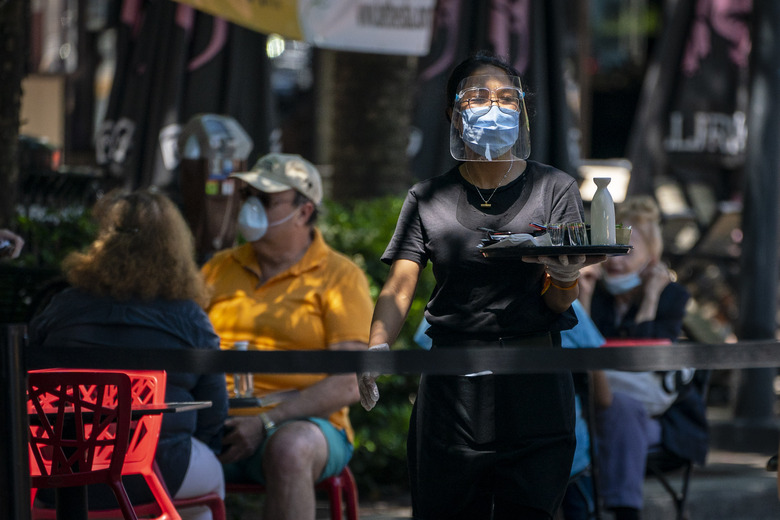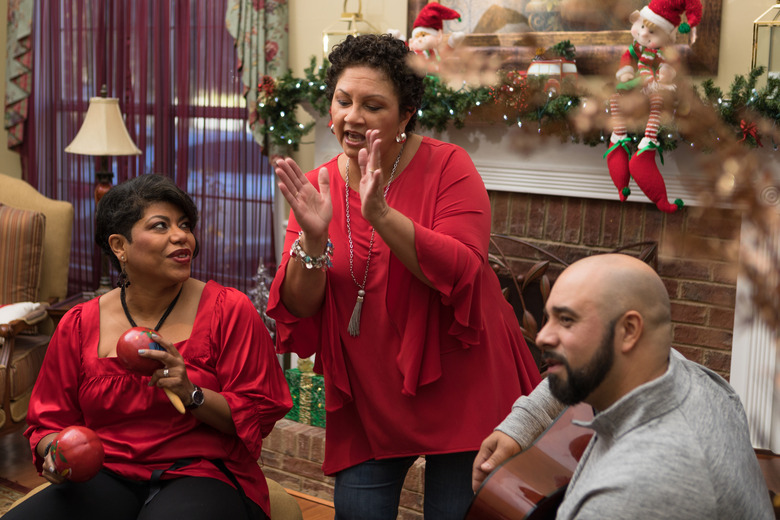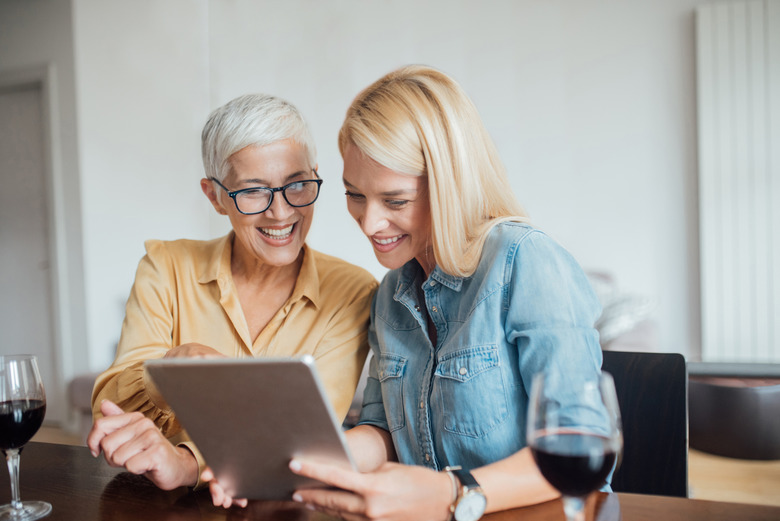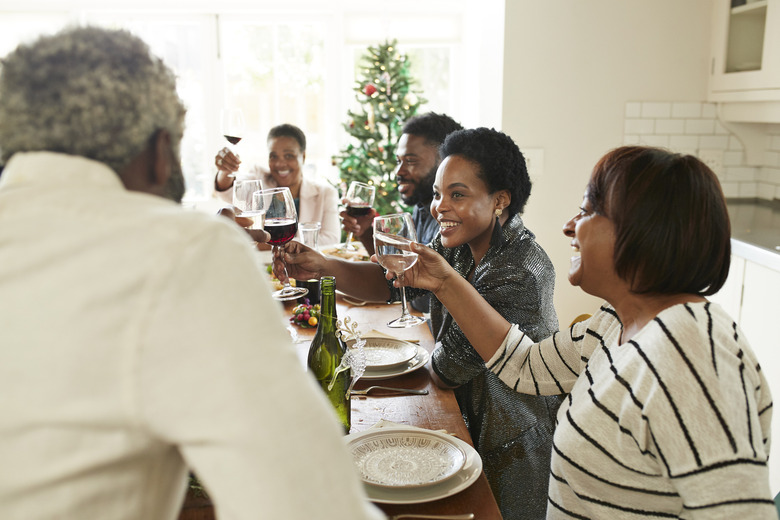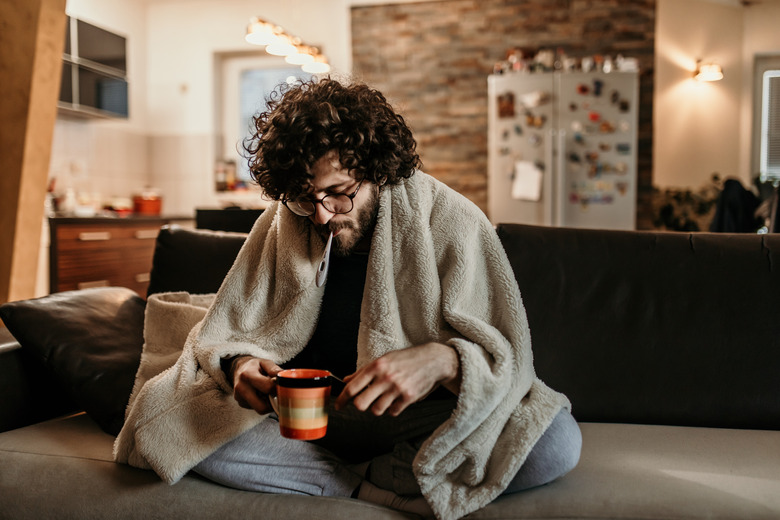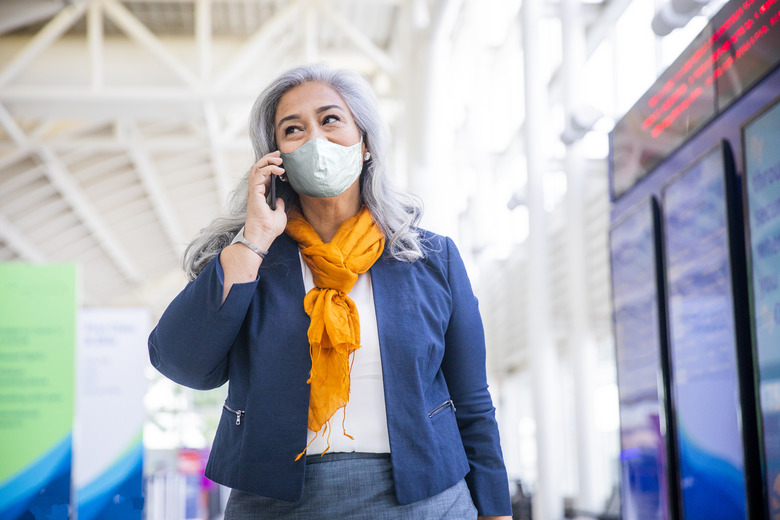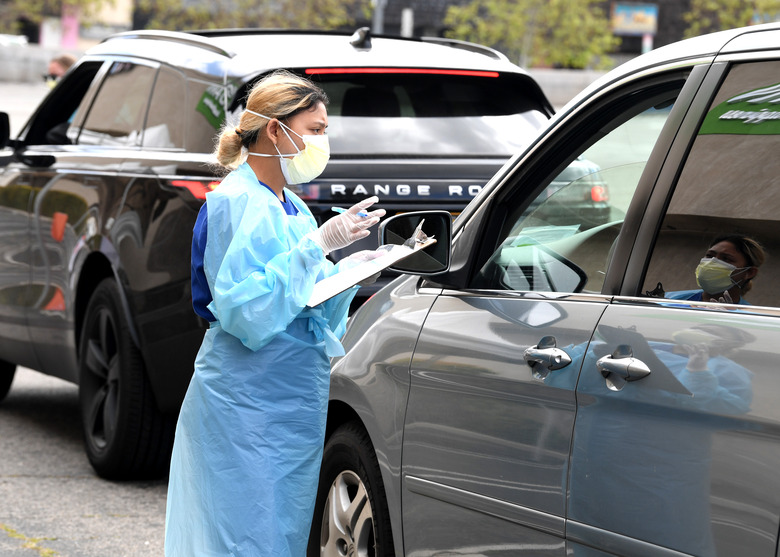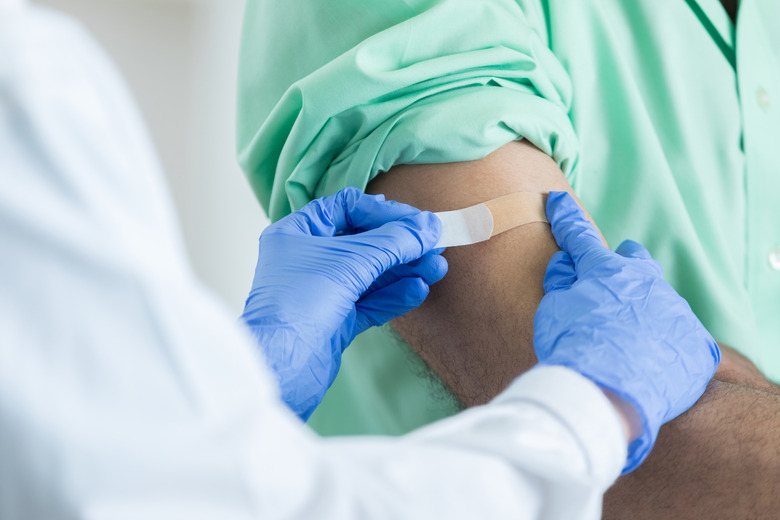Coronavirus Travel: How To Safely Go Home For The Holidays
The Centers for Disease Control and Prevention (CDC) continues to recommend that Americans stay home and avoid nonessential travel to prevent the spread of COVID-19. However, many Americans have begun domestically traveling throughout the summer and into the fall. While this holiday season might see less travel than years past due to coronavirus concerns, some surveys have shown about 30-40% of Americans still plan to travel during the holiday season. If you want to go home for the holidays, here are strategies and guidelines to follow to do so as safely as possible.
If you're planning on traveling out of state, you need to plan your trip around your destination's quarantine guidelines. Some states are imposing a mandatory two-week quarantine on people coming from places with high rates of COVID-19 cases. While some of these are requests or not enforced, states like Hawaii and New York are weighing financial and criminal penalties for noncompliance. Check up on your destination's policies and plan around quarantining if necessary.
Quarantine pre-travel
Even if there are not travel restrictions or you're not heading out of state, quarantining ahead of your travels is a smart option for ensuring the well-being and peace of mind of your family. If you are traveling to in-person holiday gatherings, the CDC recommends each guest strictly avoiding contact with people outside of their household for 14 days before the gathering.
Communicate expectations
Before making travel plans with friends or family, it's important to follow new coronavirus-era etiquette and ask family members what they are comfortable with and expect in terms of safety precautions. If your hosts expect a limited number of people at gatherings, proper mask-wearing and other accommodations, you should be prepared to respect their restrictions and bring any necessary supplies to help follow them.
Check the case rate of your location and your destination
When making plans, when deciding to quarantine and even up until just before your planned departure date, you should be checking the case rate of the state, county or city you plan to visit. The more cases at your destination, the more likely you are to get infected and in turn spread the virus to others when you return, according to the CDC.
Consider trip cancellation insurance
If you're nervous about making plans amid changing case rates and regulations, you might consider purchasing trip insurance for any travel purchases you plan on making. Getting trip cancellation insurance can help you avoid losing money if you need to make last-minute cancellations or change your itinerary when it comes to flights, cruises, train tickets, pre-paid lodgings, car rentals and more.
Get tested before seeing people outside your household
Some state, local, and territorial governments have COVID-19 testing requirements in place, but even if it's not mandatory, you should still get tested before gathering with people outside of your household. If you've engaged in any activities that could have exposed you to coronavirus before your trip, consider getting tested. Make sure you do so enough days in advance of your departure date.
Stay local
According to the CDC, there's less coronavirus risk when seeing people from your local area. The organization recommends limiting celebrations to activities with only people from your local area as much as possible, such as an outdoor movie night.
Take shorter trips
In general, the longer you are around a person with COVID-19, the more people you interact with in your travels, and the more places you go, the more likely you are to get infected. Shorter trips mean coming in less contact with other people and frequently touched surfaces.
No matter how you travel, maintain proper hygiene
No matter your method of travel, the basic CDC recommendations remain the same: wear a mask over your nose and mouth; stay 6 feet away from anyone not in your household; wash your hands often or use hand sanitizer; and avoid touching your eyes, nose and mouth.
Consider driving
According to the CDC, travel increases your chances of getting and spreading COVID-19. Different modes of travel come with their own risks, but some forms of transportation, like driving in a personal vehicle, are safer than others because you are able to take proper protective measures and maintain social distancing.
Sanitize before hitting the road
Whether you're renting a car or driving your personal vehicle, before hitting the road, clean and disinfect frequently touched surfaces, such as the steering wheel, gear shift, door frame and handles, radio and temperature dials and seatbelt buckles.
Improve ventilation
When driving, the CDC also recommends improving the ventilation in your vehicle if possible, such as opening the windows or setting the air ventilation or air conditioning on non-recirculation mode.
Plan your route
The pandemic has upended many businesses, forcing many to close temporarily or permanently or to alter their business hours and services. Even if you've driven this route countless times, plan your route in advance to be prepared for road closures and detours as well as know the hotels, restaurants, gas stations and other pit stops along the way that are open.
Choose hotels taking safety precautions
If you need to stop overnight on your road trip home or stay at a hotel while visiting for the holidays, do your research before booking. Many big chains and small businesses alike have adopted new coronavirus safety and security measures. Read up on their processes and procedures to make sure you feel safe and comfortable as well as to be prepared for potential changes in guest services, the check-in process and more.
Opt for a vacation rental
If you're concerned about dining out while traveling, consider an extended stay hotel or a home rental. Renting lodging with a kitchen means you are able to cook your own meals using groceries from home.
Know the risks of other modes of travel
If you aren't able to drive, it's important to be aware of the risks associated with other modes of transportation. Traveling on buses and trains can involve sitting or standing within 6 feet of others as well as spending more time around other people. Air travel can bring you in close contact with other people and high-touch surfaces even more frequently in security lines, in the airport terminals and on the plane itself.
Fly with an airline blocking middle seats
A study from the Massachusetts Institute of Technology found that airlines putting a passenger in the middle seat doubled the risk of passengers getting COVID-19. Before booking your flights, research which airlines, such as Delta and Southwest, aren't selling middle seats on their flights. Delta will block off middle seats on flights through January 2021, while Southwest currently has middle seats blocked through Nov. 30.
Take precautions when flying
You can also take your own precautions while flying to help reduce your risk of contracting COVID-19. When you reach your seat, clean surfaces such as armrests, tray tables and the wall next to a window seat. Wash or sanitize your hands frequently and wear a mask throughout the duration of your flight. Just make sure to properly wash it once you've reached your destination.
Protect yourself on public transport
Many people will use another method of transportation, such as buses, trains, taxis and ride-share services, to get to the airport. For public transit, limit touching surfaces such as ticket machines, turnstiles and handrails and practice social distancing. For taxis and rideshares, use touchless payment when available, sit in the backseat to maintain social distancing and avoid pooled or shared rides where multiple passengers are picked up who are not in the same household.
Maintain social distancing
It might feel uncomfortable, especially around your closest friends and family, but even after taking other precautions, you should still stay at least 6 feet from other people who aren't from your household during holiday gatherings — both indoors and outdoors.
Opt for outdoor gatherings
The holidays can see freezing temperatures and winter storms, but if you live in a part of the country where the weather is more mild, consider having as much of your holiday gathering as possible outside. Per the CDC, outdoor activities are safer than indoor activities when it comes to coronavirus. If you need to be indoors, open windows and doors if it is safe and feasible to increase airflow.
Limit attendance and duration of gatherings
The longer your gathering, the higher the risk. Gatherings with more people also pose more risk than those with fewer. Base the number of people at your holiday gathering on the space you're working with. Guests should be able to maintain a safe distance from each other as well. Also consider putting a firm end time on your events.
Bring safety supplies
Ideally, your holiday party host will have supplies on hand, but it's still wise to bring your own hand sanitizer, extra masks, wipes, tissues or anything else you might need.
Minimize handshakes and hugs
For some Americans, the holiday season might be the first time they're seeing friends or family in person since the beginning of the pandemic. Although it might take will power to avoid wrapping up a loved one in a big hug, the CDC recommends avoiding close contact, including handshakes, hugs or even elbow bumps to prevent the spread of germs.
Limit contact at mealtime
No celebration would be complete without classic holiday dishes and seasonal desserts, however, the CDC advises limiting contact between guests and surfaces as much as possible. Avoid any self-serve food or drink options, such as buffets or potluck-style meals, salad bars, or condiment and drink stations. Consider having one person serve all the food so that multiple people are not handling containers and serving utensils.
Avoid public places during peak hours
While many families whip up classic holiday dishes for celebrations, others enjoy a special meal together at a favorite restaurant. If you're planning on eating out, make sure to avoid restaurants during high volume meal times to minimize your risk.
Cancel caroling this year
The CDC advises against any activities involving singing, chanting or shouting, especially when not wearing a mask and within 6 feet of others. That means avoiding going Christmas caroling in a group, gathering around the piano or Christmas tree to sing songs or hosting sing-alongs to popular beloved holiday movies like "White Christmas" in which you're unable to properly maintain social distancing.
Do Black Friday shopping online
For many Americans, going shopping on the day after Thanksgiving, also known as Black Friday, is a family tradition. However, that's another element of typical holiday festivities that you'll need to avoid this year due to the pandemic. The CDC recommends avoiding shopping in crowded stores just before, on, or after Thanksgiving, deeming these higher-risk activities. You can eliminate your risk and still snag deals by doing Black Friday shopping online.
Limit alcohol consumption
Gatherings are much safer when guests are being vigilant about safety precautions. Unfortunately, using alcohol or drugs can cloud judgment and increase risky behaviors, according to the CDC. In an effort to keep yourself and others safe, limit your alcohol consumption during holiday gatherings.
Stay home if symptoms arise
Much of the spirit of the holiday season is about charity, kindness and selflessness. It might be hard to miss out on all the fun of the holiday season, but if you experience any symptoms of COVID-19 in the days before your departure date, stay home and do not travel unless you are able to obtain a negative test result in time. You should also delay travel if you've been exposed to someone with COVID-19.
Quarantine post-travel
For 14 days after your holiday travels, you should stay home as much as possible and especially avoid being around people at increased risk for severe illness or complications from COVID-19.
Get tested again afterward
An extra precaution you can take is to also get tested again after traveling back from holiday celebrations. In particular, the CDC recommends this if you participated in any higher-risk activities or think that you may have been exposed to COVID-19.
Get your flu vaccine
Beyond increasing your likelihood of contracting COVID-19, social gatherings during the holiday season also increase your risk of catching the flu. The single best thing you can do to prevent catching the flu and spreading it to your loved ones this year is getting your flu shot. Here's everything you need to know about getting your flu shot this year.
Go virtual
If you determine the risk is too high, it's too logistically complicated to safely travel or you cannot join the in-person celebration due to smaller gathering sizes, you might consider virtually joining a celebration. Celebrating virtually along with members of your own household poses low risk for spread, per the CDC. Another way to virtually "travel" is to take online tours of landmarks, museums, national parks and more.
